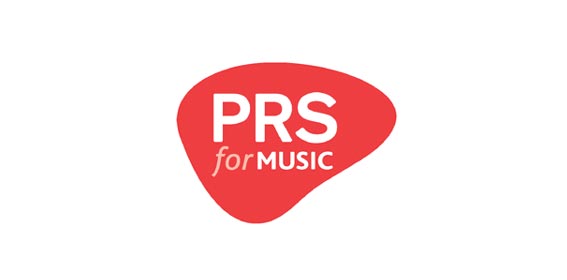PRS For Music 2015 finance report revealed showing revenue rises
UK based music royalty collector PRS For Music’s official 2015 financial report has been released after announcing the results earlier this year.
The report shows firstly that their 4.7% increase in revenues of £513.5 million in 2014 to £537.4 million in 2015 is accurate. The report also reveals that PRS’ licensing and administrative expenses saw a rise of £3.4 million to £80 million.
The rise in expenses was however completely offset by the substantial increase in profits that left PRS with a total of £472.5 million net distributable income. This rose from £454.2 million net distributable income in 2014, equating to a 4% rise year-on-year.
Splitting into territories reveals that the large majority of PRS revenues, £333.3 million, came from the UK itself. Elsewhere Europe made up £129.2 million of their profits and North America paid them £41.3 million for licensing rights to UK music.
The financial report also showed some details on PRS For Music’s employees, revealing that the licensing company had an average of 4 less persons employed in 2015 compared to 2014’s average of 615. Salary costs for employees rose, despite the reduction in employees, to 31.5 million for the year averaging out at about £51,617 per employee. However when taking into account CEO Robert Ashcroft’s salary of £989,000, up from £765,000 in 2014, the average salary per employee is roughly £49,998 – still not too shabby.
The company has also managed to cut their net deficit on reserves from £64,4 million to £50.4 million, a giant £14 million difference. The report says: “The Group deficit has arisen partly because of the deficits on the two defined benefit pension schemes funded by PfM. PfM has agreed with the Board of trustees of the two schemes a deficit recovery plan that is intended to fully fund the schemes before the end of 2024.”
Earlier this year PRS announced a potential merging with similar UK based music licensing company PPL to become one body, making it easier for entities to pay licenses and potentially reduce overall costs. Therefore meaning either increased payment to artists or cheaper licenses to businesses – at least hopefully. The plan, if it goes ahead, is hoped to be implemented sometime in 2017.
